Holly Palk – M.S. Student
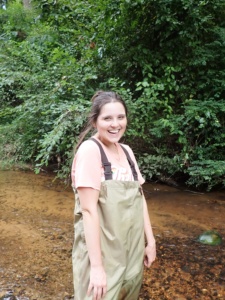
My work focuses on the sequencing, assembly, and annotation of novel, whole genomes. I am interested in loci under selection and local adaptation of a population. Currently, I am working on producing a reference whole genome for Hardin crayfish (Faxonius wrighti) that will be used on a Species Status Assessment and future efforts for conservation and population genomics.
Parker Hildreth – M.S. Student
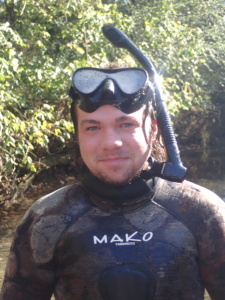
My thesis research aims to identify at risk hidden diversity within Faxonius durelli (Saddle Crayfish) and Faxonius forceps (Surgeon Crayfish) residing in the Cumberland and Tennessee river drainages. Other projects in progress include, species delimitation of the Faxonius placidus (Bigclaw Crayfish) species complex using genomic/mitochondrial derived data sets and determining if a newly discovered population of the federally endangered Faxonius shoupi (Nashville Crayfish) is a disjunct population or an anthropogenic introduction.
Katherine Torrance – Post-Bacc

I started in this lab as an undergraduate researcher in the late spring of 2020. I graduated the following spring with a bachelor’s in biology (conc. zoology). At the beginning of the fall semester in 2021, I rejoined the lab as a post-baccalaureate researcher. My project examines burrowing Alpheus shrimp species for evidence convergent evolution of morphology due to similar life history. To do this, I am combining phylogenetic and geometric morphometric techniques.
I plan to pursue a master’s degree, and eventually Ph.D, involving conservation genetics and/or animal behavior.
Adam Walker – M.S. Student
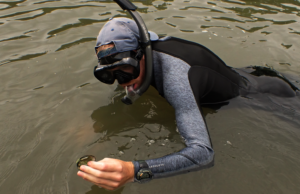
Currently I am investigating several aspects of an imperiled species, the Striated Darter (Etheostoma striatulum), in the Duck River drainage. More specifically, I will be leveraging ongoing work using eDNA techniques to delineate their distribution within the Duck River while also assessing their overall genetic health through the examination of single nucleotide polymorphisms (SNPs). This project started in January of 2020 and is being co-advised by Dr. Carla Hurt and Dr. Kit Wheeler. My interest in conserving lesser-known aquatic species across the United States has led me to practice and learn genetic conservation techniques here in Tennessee, providing these organisms with the much-needed attention to ensure their survival.
Lyndsey Wall
Marc Mallinger
Connor Lee
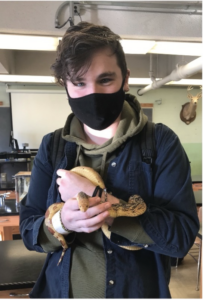 I am a Senior Biology major with a concentration in Zoology. I am from outside of Memphis, TN. I have worked in the lab for one semester but plan to continue until I graduate. After taking Genetics and Cellular Biology, I gained a huge interest in genetics and molecular biology. I plan to continue my education and pursue a masters and potentially a PhD within the field.
I am a Senior Biology major with a concentration in Zoology. I am from outside of Memphis, TN. I have worked in the lab for one semester but plan to continue until I graduate. After taking Genetics and Cellular Biology, I gained a huge interest in genetics and molecular biology. I plan to continue my education and pursue a masters and potentially a PhD within the field.
Emma Barnett
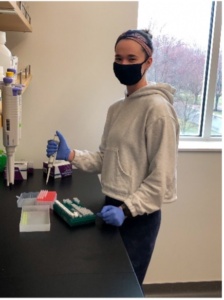
I am a senior majoring in Biology with a concentration in cellular and molecular studies and I have been working as an undergraduate research assistant for Dr. Hurt for two semesters. My time spent working in the lab here has further grown my interest in eDNA research and given me the tools and experience necessary to succeed in my field. This opportunity has led me to aspire to continue my education and research in the field of genetics.
Rachel Huseman
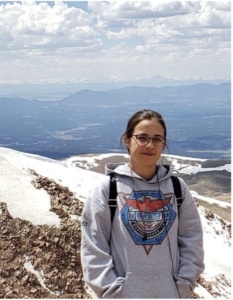 I am a biology major with a concentration in marine biology, and a minor in environmental studies. I have been working in Dr. Hurt’s lab for almost a year now, and I have enjoyed getting lots of hands on experience. One of my research interests is seeing how we can use genetic information to inform and aid in conservation strategies, especially in marine environments.
I am a biology major with a concentration in marine biology, and a minor in environmental studies. I have been working in Dr. Hurt’s lab for almost a year now, and I have enjoyed getting lots of hands on experience. One of my research interests is seeing how we can use genetic information to inform and aid in conservation strategies, especially in marine environments.
Ryan Hanscom – M. S. Student

I am interested in evolutionary genetics and molecular ecology. Specifically, I study the genetic, ecological, and geographic factors of species diversification within the snapping shrimp genus Alpheus. I am currently: 1) reconstructing phylogenetic histories of multiple species-complexes within the genus Alpheus, 2) examining how symbiotic interactions affect geographic mode of speciation (i.e. does symbiosis promote speciation in sympatry?), and 3) investigating if genome size may have contributed to the maintenance of reproductive isolation among sister-species in sympatry. Other research interests include life history and population demographics of reptiles and amphibians.
Learn more about my research here
Emily Huntley
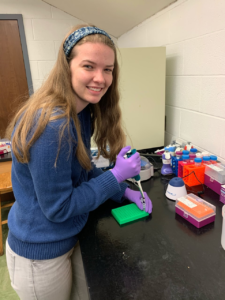
Emily Huntley, from Livingston, TN, is a Senior Chemistry and Biology major with concentrations in Biochemistry and Cell and Molecular Biology. She has been working with Dr. Hurt as an undergraduate research assistant for two years. Her interest in the research performed in this lab has led her to aspire to become a researcher in the field of genetics. Emily is also a proud member of the Delta Phi Epsilon Sorority.
Robert T. R. Paine
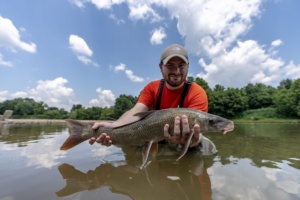
I received my Ph.D. in Environmental Sciences from Tennessee Tech in August 2019 under Dr. Carla Hurt. My Ph.D. research focused on environmental DNA (eDNA) surveillance of the endangered pygmy madtom (Noturus stanauli), but I also researched the invasive silver carp (Hypophthalmichthys molitrix) and the fish communities of the Duck and Clinch rivers.. My current research interest lies in eDNA-metabarcoding, where I characterize entire fish communities with only a small sample of water and link patterns between fish communities and the surrounding land use. As Post-doctoral Researcher in the Tech Cooperative Fishery Research Unit, I work on a wide array of projects including, eDNA surveillance for native (Slender chub and Pygmy madtom ) and invasive species (Silver carp and African walking catfish). When I am not out collecting water samples or slinging DNA in the lab, I enjoy growing plants from whatever seed I can get my hands on and consuming copious amounts of coffee.
Researchgate: https://www.researchgate.net/profile/Robert-Paine
Wade Hubbs
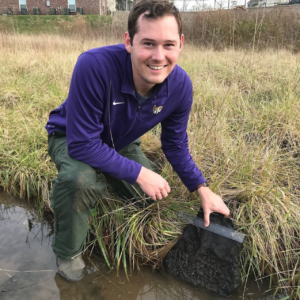
My research aims to show how genomics can play an integral part in efficiently resolving conservation issues surrounding a cryptic non-model species, Ambystoma barbouri (the Streamside Salamander) in central Tennessee. Using a combination of genotyping-by-sequencing (GBS) and GIS landscape genetic tools, we hope to provide a clear-cut example of applied conservation genomics by enhancing the understanding of A. barbouri genetic diversity in Tennessee and clarifying conservation units and priorities for future management decisions. Additionally, the identification of regionally-specific barriers and facilitators of gene flow will promote better conservation practices focused on factors such as land use changes and their effects on this state endangered amphibian in a heterogenous and highly-fragmented landscape.
